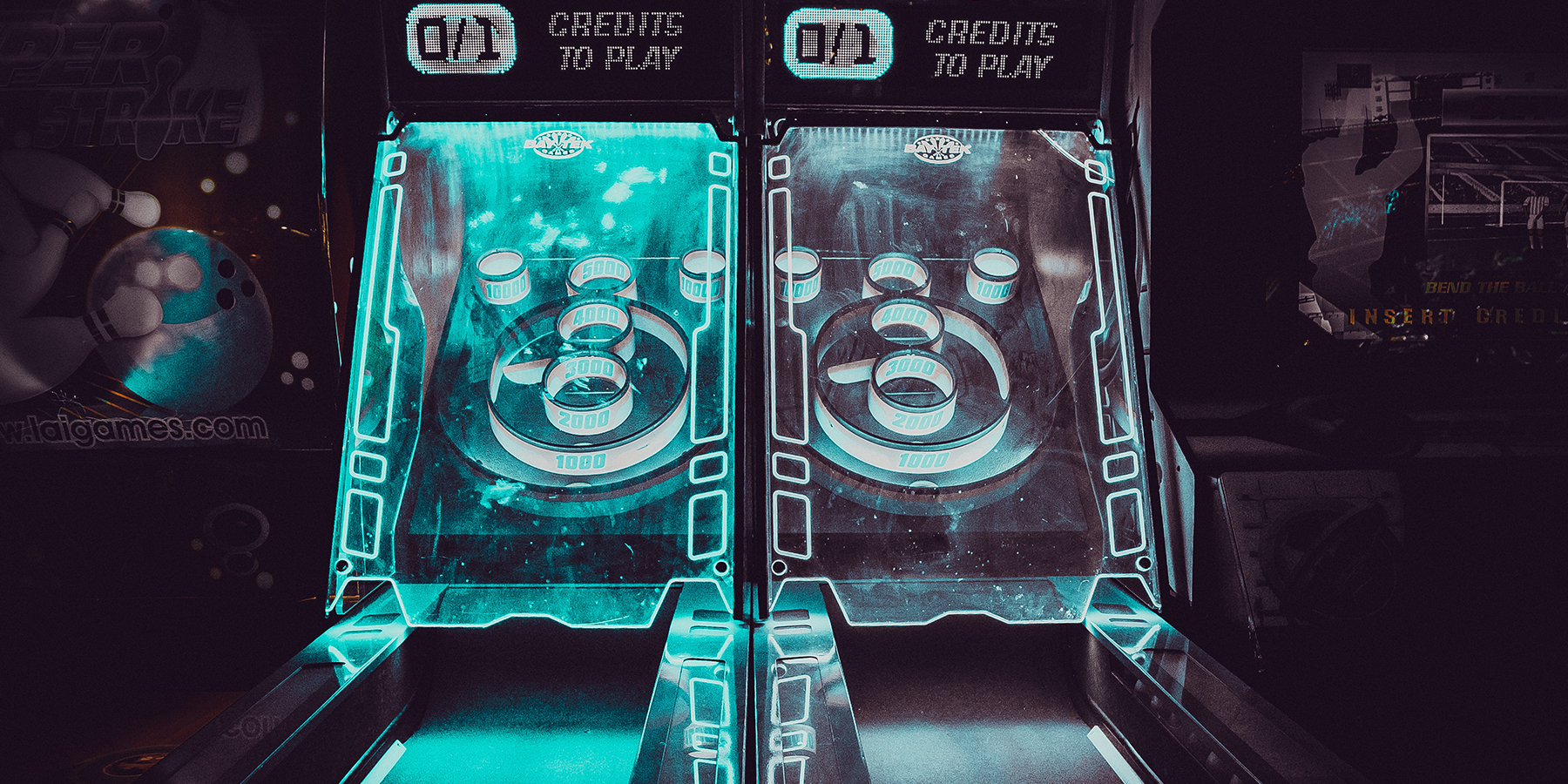When a brand gets it right, everyone can play along, and brands have started to get it very, very right. The gaming trend was so effective that my agency, The1stMovement, decided to give it a shot. But there’s plenty to gain if the audience buys in. Here’s what we learned about making brand games the right way. Build a platform, not just a campaign An effective branded game should focus on engagement, which requires momentum. It’s not just about giving a game time to find an audience; it’s about giving gamers the chance to play and make suggestions so you can improve the experience. Navigation apps like Waze and Fuelzee offer on the road guidance, but they are also examples of creating an evolving platform that embraces gamification. Respect the narrative Gaming and (good) marketing have at least one thing in common: storytelling. When used incorrectly, brand games can be a distraction for your potential and current customers. As customer behavior and technology evolve and opportunities increase, the fundamental goal of gamification should still remain the same: create fun, engaging, and impactful gameplay that’s not just part of a branding exercise.
You don’t have to be a gamer to enjoy a good game. That’s why gamification—the tactic of integrating gaming or gaming elements into a marketing strategy—has turned into a $2 billion industry. When a brand gets it right, everyone can play along, and brands have started to get it very, very right.
Despite the potential for gimmicks or blatant marketing, brand games have seen a resurgence thanks to great pushes from names like McDonald’s, Starbucks, and even luxury companies like Hermes. These companies prioritized fun gameplay and the thrill of competition over traditional intrusive advertising.
The gaming trend was so effective that my agency, The1stMovement, decided to give it a shot. We parlayed our love of tower defense games like Plants vs. Zombies into developing a learning platform for Cisco engineers. It wasn’t exactly easy—with all the details that go into game-building, plenty can go wrong from idea to execution. But there’s plenty to gain if the audience buys in.
When used properly, gamification taps into our competitive nature, like reaping rewards with a push of a button, sharing and comparing running data with others, or racking up a high score in our favorite arcade games. Instead of marketing with the typical product or service information, brands can creatively draw in potential customers with just the slightest hint of branding. And when used successfully, it can also lead to a loyal community that brings in new people.
As games become more ubiquitous on mobile platforms, gamification has certainly earned its place in the spotlight. Here’s what we learned about making brand games the right way.
Build a platform, not just a campaign
An effective branded game should focus on engagement, which requires momentum. Getting a fanbase takes patience, so you can’t treat your strategy like a standard campaign with a hard end date. Games, even ones meant for marketing, should be iterative. It’s not just about giving a game time to find an audience; it’s about giving gamers the chance to play and…

COMMENTS